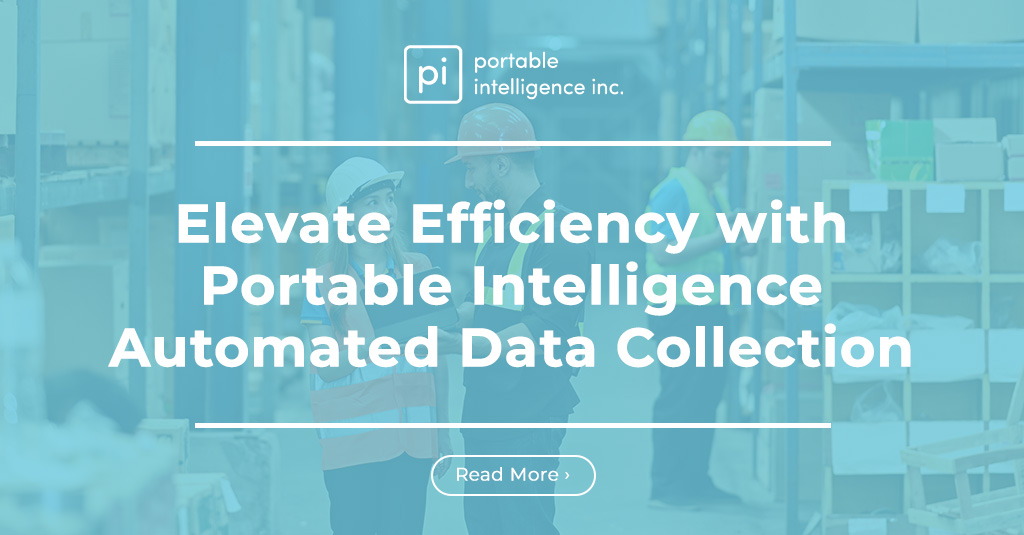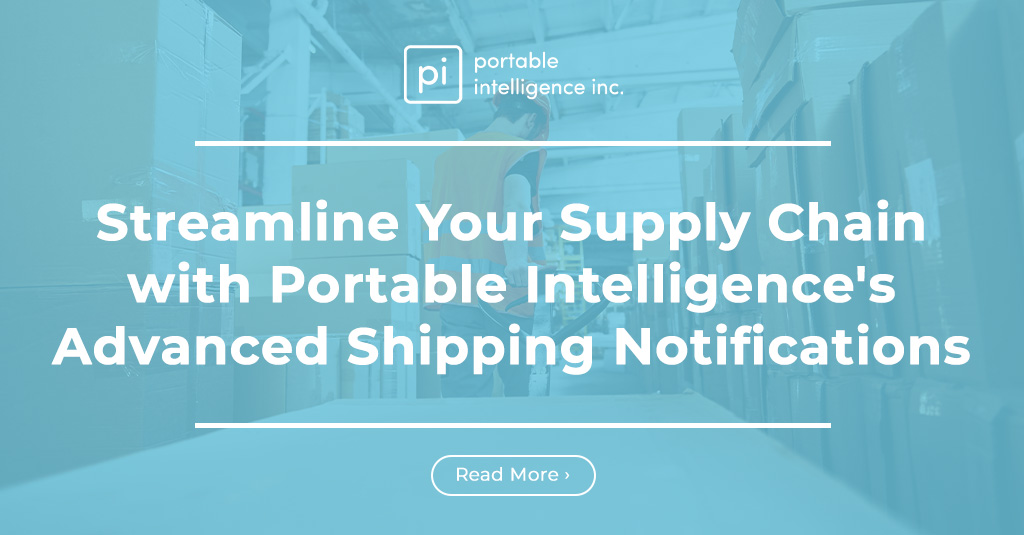To run warehouse operations properly, you have to implement efficient inventory management. Depending on the location and size of the warehouse, it may have thousands of packages moving through it daily, going out of and into multiple points.
A labeling system for your warehouse can help you to keep track of all the containers as they travel through each point of the operation. This includes identification labels for your warehouse bins, racks, and aisles, as well as labeling for your containers. Organized systems not only create a trail of logs that enables fast identification of errors in the supply chain and the correction of these but also help workers locate products.
A warehouse labeling system will eliminate this problem almost completely by ensuring products are managed and identified easily during the shipping process. It also helps make sure customers receive the product they ordered instead of the wrong item in mislabeled packaging.
Advantages of Warehouse Labels
There are many advantages of using warehouse labels. They are the most cost effective and functional way to keep a warehouse operating efficiently and organized. Below are some of the advantages of using labels in a warehouse.
Minimize Location Confusion
Labeling warehouse racks make it much easier for employees to prevent making errors, like locating the wrong product. If areas are not organized and have mixed products or if products are restocked in the incorrect sections, the total supply chain process will slow down and become more time-consuming. Proper labeling will go a long way toward eliminating this issue.
Eliminating mistakes, like mistreating items that should be handled with care and shipping the incorrect product to customers. Labels can include several data items to enhance efficiency within a warehouse, like caution or security notes and product expiration dates.
Improved Readability and Durability
Warehouse labels are normally designed to be easy to install, which makes the labeling process efficient and quick. They are very legible and can be replaced easily if they suffer wear and tear damage. The numerous label options available can provide solutions to warehousing and manufacturing companies’ unique needs.
Fewer Errors
Having properly labeled racks in a warehouse will virtually eliminate errors that often happen during manual inventory recording and tracking. Labels also improve the productivity and efficiency of employees as they can locate the right shelves and items more easily while preparing for restocking and shipment. Cartons that are labeled correctly also eliminate problems during the supply chain, such as incorrect shipments and backorders.
Benefits of a Warehouse That Is Labeled Properly
The benefits of having a warehouse that is labeled properly include:
- Leverage IT technologies: The use of IT technologies in warehouse management can be maximized in a properly labeled warehouse.
- Complete asset control and inventory tracking: You can track the movement of materials leaving the warehouse, as well as materials coming into the warehouse. This is the hallmark of efficiency as it eliminates understock and overstock scenarios.
- Automated fulfillment and picking: A properly labeled warehouse leads to high efficiency, which in turn results in employee fulfillment, and customer satisfaction when their items are delivered on time.
Irrespective of the warehouse’s size, selecting an efficient labeling plan is crucial as it plays a major role in the effectiveness of your firm.
Warehouse Label Types
Depending on the purposes of your warehousing, there are a variety of warehouse label types to select from. Each of these label types can be used together to streamline the organization of your warehouse and ensure workers can identify every carton, rack, and section easily. There are some types of labels commonly used.
Rack Labels
The type of warehouse label most commonly used is a rack label, which streamlines workflow by making it easier for employees to identify sections and items. They help categorize the right products for shipping, storing, and inventory management purposes. There are various types of rack labels, including cold storage, magnetic, multi-level, and more. Rack labels may be color-coded for easy identification. They can also contain arrows that can be placed on aisles for locating items easier.
Floor Labels
Floor labels are typically used in bigger warehouses that consist of several rooms. They are designed to withstand wear and tear and heavy floor traffic. They are also often resistant to hydrocarbon solutions, oil, harsh solvents, as well as other contaminants, and can be customized for any shape, size, content, or length requirements.
Retro-Reflective Labels
This option is great for barcoding shelves. This type of label can be scanned from up to 45 feet away due to light reflecting particles in the label. They are typically used for pallets, warehouse racks, and other industrial surfaces.
Warehouse Magnets
The most reusable option of all the warehouse label types is magnets. They can be applied irrespective of temperature ranges, removed without any scratches or mess, and can be reattached without needing sticky adhesives such as tape or glue. Magnetic labels and signs are used for rack and shelf locations as they can be moved easily when needed.
Warehouse Signs
Warehouse signs can be a great safety feature as they are used to help identify hazards to employees. As many warehouse employees operate heavy machinery and have to navigate around aisles and sharp corners, warehouse signs are very important. Employees should be trained in identifying potential hazards and using proper procedures within the warehouse, and these safety signs are helpful to notify workers of clearance capacity and height alerts, forklift safety warnings, safety reminders, and quality-control warnings.





